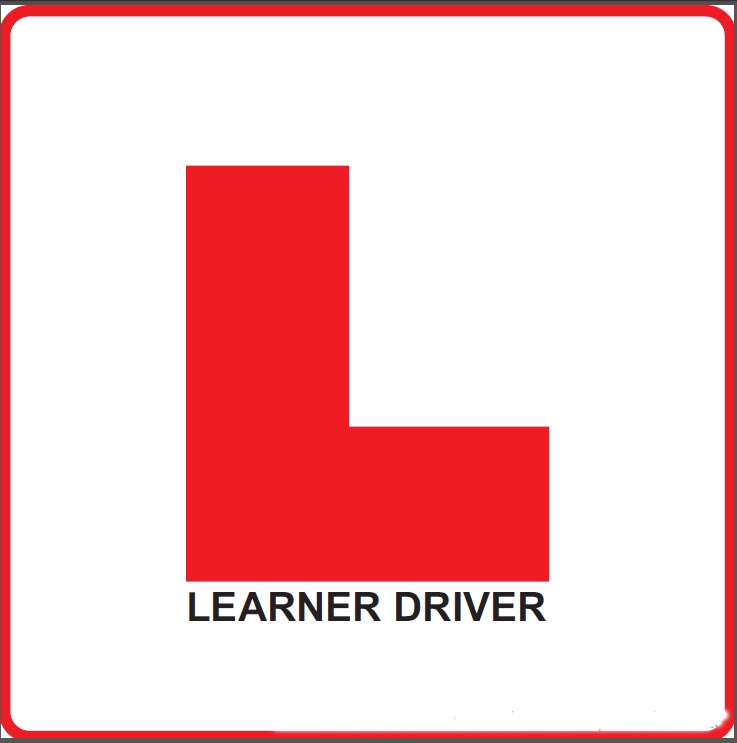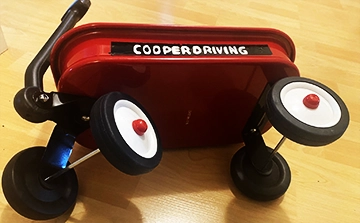When I lived in China, I observed many Chinese students saying the English word ‘dog.’ Some instantly said it without hesitation, while others hesitated and seemed to search for the right word before eventually saying ‘dog.’
One group looked at the dog and immediately said ‘dog’ without searching.
The other group looked at the dog, said the Chinese word ‘gŏu,’ and then searched for the English word ‘dog.’
The second group added an extra step and spoke much slower.
The behavior described suggests that one group immediately recognized the animal as a dog without needing to engage in any further cognitive processing or search for information.
Many of my clients come with concepts, beliefs and ideas about how to drive – which in effect filled up the learning space.
I see it similar to buying a new couch for your living room but first you need to throw away the old couch to make space!
Reversing is a great example with a stunning number of new clients believing that the rear wheels of the car STEER then you go into reverse. In fact they never steer. Only the front wheels steer, which is very important to learn in order to gain control of the car, especially in reverse.
Chipping away at the old counches that occupy your learning sapce takes time. It also requires a clear undersatnding of which could, the old one, needs to be eliminated!
ONE EFFECTIVE TECHNIQUE IS TO ATTACH THE NEW HABIT/BELIEF TO THE OLD HABIT/BELIEF.
Repetition and reinforcement are key strategies for changing habits, so your suggestion to repeat the phrase “ROLL RIGHT ON REDS = STOP RIGHT ON REDS” and to write it prominently as a visual reminder is a good approach. Consistently reminding oneself of the correct behavior can help reinforce it and eventually replace the old habit.
Additionally, verbalizing the phrase out loud when approaching a red light can help reinforce the message and create a stronger association between the phrase and the desired behavior.

“ROLL RIGHT ON REDS = STOP RIGHT ON REDS”






Comments are closed